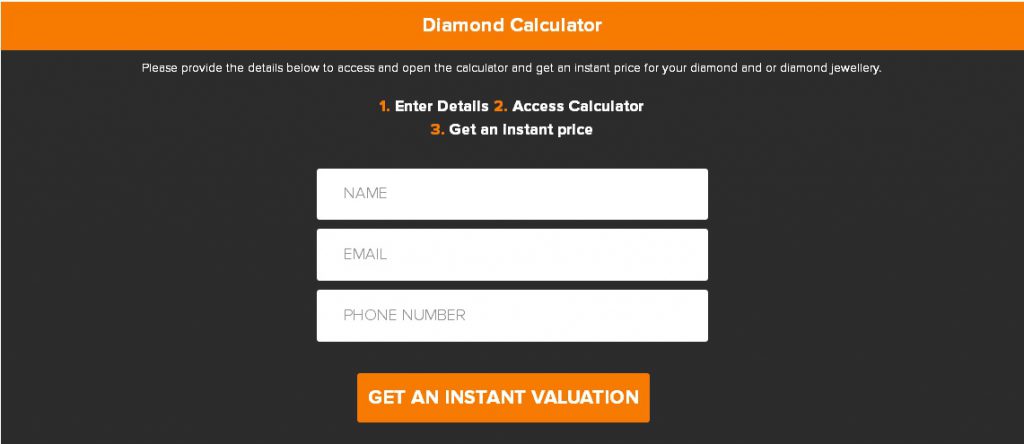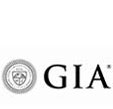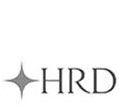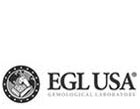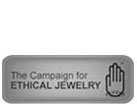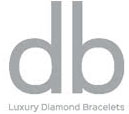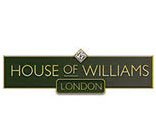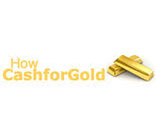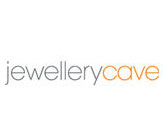A Guide To Calculating Diamond Prices In The UK Based On The 4 C’s
Sellers or buyers, whenever it comes to diamonds, people always live with the constant fear of getting ripped off. Yes, your budget determines your decision considerably. Everyone would like the ‘best ever value for money.’ Sellers would seek to trade the precious stone at a maximum profit; buyers would stay conscious of overpaying.
To ease your crease, here’s an easy guide to performing an accurate price research on the precious stone.
The idea is based on the four C’s – Carat, Cut, Colour, and Clarity.
Ready?
- How to calculate the cost based on ‘carat?’
Look up on the Internet and there will be many businesses willing to trade the stone for a great value. These sites usually come with an inbuilt diamond price calculator in London. Although you could receive the estimate in an instant, it’s always wise to know how the cost has been determined.
The base of the estimate is the ‘cost per carat,’ which is figured out using the following mathematical formula:
Cost = Carat Weight X Cost Per Carat
Say, you have a stone of 0.5 carat and the cost per carat is £3000. Thus, the stone would cost 0.5 X £3000 = £1500. Similarly, if the carat is 0.75, the cost would be £2250. Please note that the value will also depend on the cut of the stone. A brilliant cut would cost more than a round cut.
Simple, isn’t it?
How is ‘cost per carat’ determined?
‘Cost per carat’ figures can be dubious. It is always advisable that you refer to them from reliable sources. Choose industry standard price lists. A typical list will have the cost mentioned against the date, carat range (0.01 carat to 10), colour (D through Z), clarity (GIA standards), cut specifications, and fluorescence.
How does ‘cut’ determine cost?
Diamond prices in UK are largely dependent on the ‘cut’ of the stone. There could be a cost difference of almost 20% from a 0.99-carat to a 1-carat stone. The prettier the stone, the more its value degrades. In a nutshell, rough diamonds cost more than smooth ones. ‘Uncut’ has its own charm after all!
‘Cut’ points to the stone’s finish and proportions; together they determine the sparkle of the jewel. ‘Brilliant’ need not be ‘pricey.’ Two stones of equal carat, colour, and clarity, may cost differently based on their façade, i.e. the cut.
What role does ‘colour’ play in ascertaining the stone’s value?
After carat and cut comes colour. Here’s an interesting fact: The precious stone can come in all the colours of the spectrum. You’ll observe that most diamonds bear subtle yellow hues or shades of brown. The colourless grade is considered the costliest, followed by other colours like red, pink, purple, and blue.
The shades of colourless to yellow are graded as D through Z. ‘D’ is colourless while ‘Z’ is the brightest yellow. Anything beyond Z is termed a fancy colour. It is interesting, however, that a fancy coloured stone is costlier than a yellow coloured one.
What has ‘clarity’ to do with cost?
It determines how ‘clean’ the stone it. The cleaner, the costlier. The parameters take into consideration the ‘imperfections’ that are found in the stones. Grades recommended by the GIA include the following types:
- FL – Flawless, i.e. without imperfections (inside or outside) as seen under 10X magnification.
- IF – Internally Flawless, i.e. without imperfections inside as seen under 10X magnification.
- I1, 2, and 3 – Imperfect, i.e. with imperfections which are easily visible to the naked eye.
- SI1 and 2 – Slightly Imperfect, i.e. with imperfections which are visible to the naked eye or can be easily detected under 10X magnification.
- VS1 and 2 – Very Slightly Imperfect, i.e. with imperfections which are difficult to detect under 10X magnification.
- VVS1 and 2 – Very Very Slightly Imperfect, i.e. with imperfections which cannot be detected under 10X magnification.
A piece of advice: Always rely on experts.
Calculating the cost of the stone can be very tricky. Although going through this guide is advisable, you should always depend on experts who can reveal the cost to accuracy. Do you have a diamond to sell? Do you want to buy the precious stone? Get in touch with the professionals now.


